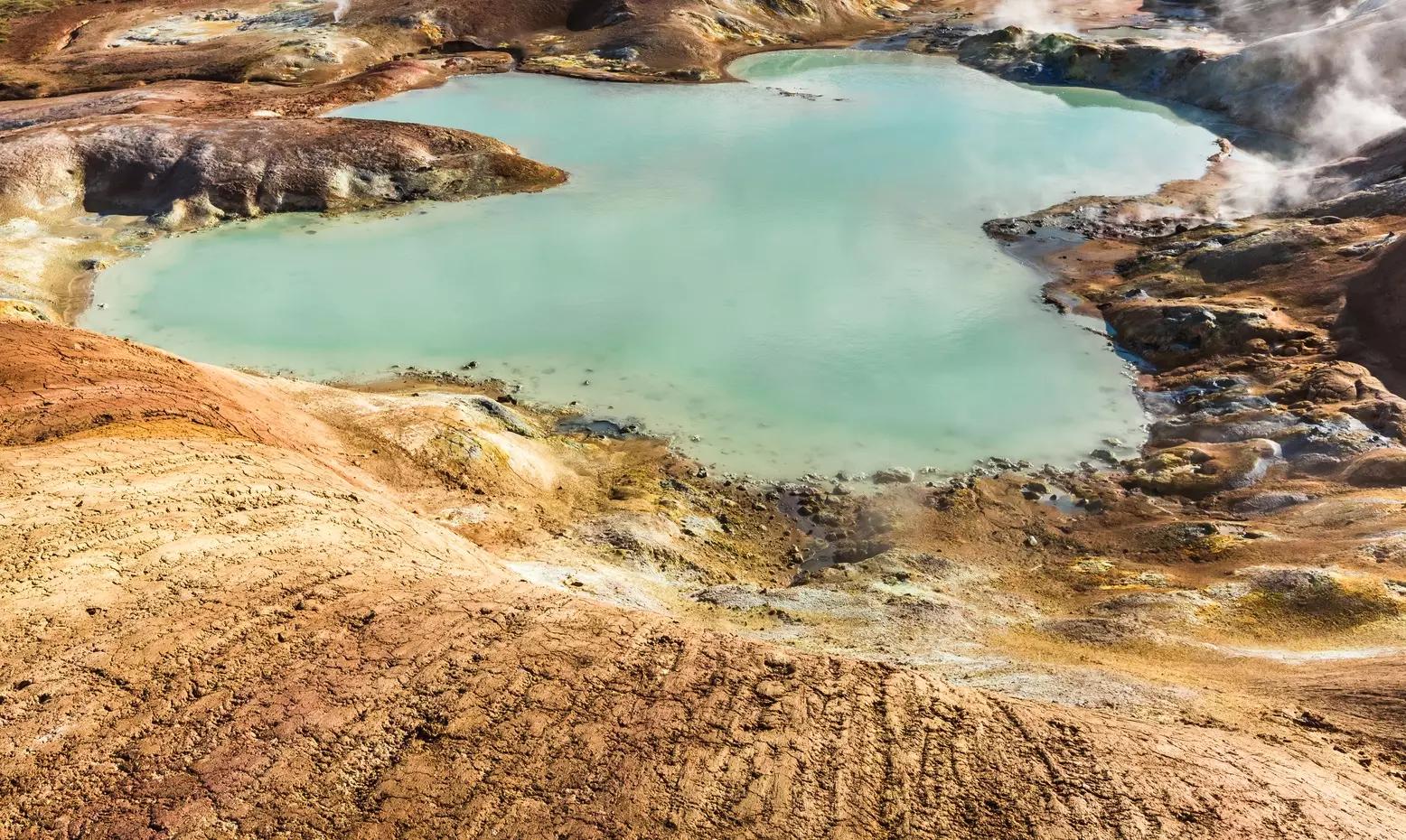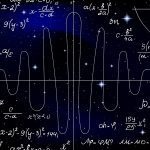“The theory of evolution has no weaknesses.” Prof. Kenneth Miller, of Brown University, author of Finding Darwin’s God
1. Spontaneous Generation
Never will the doctrine of spontaneous generation recover from the mortal blow of this simple experiment. No, there is now no circumstance known in which it can be affirmed that microscopic beings came into the world without germs, without parents similar to themselves. ~Louis Pasteur, addressing the French Academy of Science in the 19th century
“…the how part has everybody stumped. Nobody knows how a mixture of lifeless chemicals spontaneously organised themselves into the first living cell.” ~Paul Davies, “Was life on Earth born lucky?”
I think we have to admit that we’re looking through a glass darkly here…. We don’t know how life started on this planet. We don’t know exactly when it started, we don’t know under what circumstances. ~Andrew Knoll, Harvard paleobiologist, Fisher Professor of Natural History, Dept of Earth and Planetary Sciences, author of Life on a Young Planet: The First Three Billion Years of Life, interviewed on PBS NOVA
“The chemical steps that led to life on Earth remain a matter of intense speculation.” ~Joseph V. Smith in the article, “Geochemical Influences of Life’s Origins and Evolution,” Elements, (vol 1, June 2005), p151
In order for Darwin to be right, then the most solid law of biology would have to be false — the Law of Biogenesis — often called “the cornerstone of modern biology.”
2. Prokaryote to Eukaryote
(said like “pro-care-ee-oat” and “you-care-ee-oat”)
Gradual accumulation of mutations is never the way eukaryotes evolve … the Cambrian Explosion was caused by symbiosis—not mutation. All symbionts are new species. ~Prof. Lynn Margulis, U of Mass-Amherst, in a lecture at U of Cincinnati, 3/1/07
This is a “missing link” in evolution that is second only to the origin of life in the nightmares of evolution believers.
How did bacteria turn into cells hundreds of times bigger than them, which have things inside them like the nucleus and other organelles? There is a giant total blank in the evolution story right here. Evolutionists will tell you and teach you that mutations did it all—but there is no way to even imagine how mutations could ever create new and original genetic information that would be needed to make the jump from bacteria to cells like amoebas and then on to creatures made of many such cells, like fish, lizards, and people.
3. Cambrian Explosion
(said like “came-bree-in” explosion)
“The fossil record had caused Darwin more grief than joy. Nothing distressed him more than the Cambrian explosion, the coincident appearance of almost all complex organic designs…” Stephen Jay Gould, in his book, The Panda’s Thumb (1980) p238-9
As Darwin noted in the Origin of the Species, the abrupt emergence of arthropods in the fossil record during the Cambrian presents a problem for evolutionary biology. American Scientist, May/June 1997, p244
The creation model says that all life forms were created during the same week. The evolution model says it took three and a half billion years.
- What do we find in the deepest layers that contain fossils?—just bacteria. What do we find in the deepest muds today?—just bacteria.
- What do we find in the fossils just above the bacteria? We find representatives from every one of the Phyla (singular Phylum) of living things, even the vertebrates.
The sudden boundary line of so many living things, with no “missing links” leading up to them, only goes along with the creation model—and against the evolution model. The data says Darwin is wrong.
4. Missing Links
The number of intermediate varieties, which must have formerly existed on the earth, [must] be truly enormous. Why then is not every geological formation and every stratum full of such intermediate links? Geology assuredly does not reveal any such finely graded organic chain; and this, perhaps, is the most obvious and gravest objection which can be urged against my theory. ~Charles Darwin, Origin of the Species (1859)
“All paleontologists know that the fossil record contains precious little in the way of intermediate forms; transitions between major groups are characteristically abrupt. Gradualists usually extract themselves from this dilemma by invoking the extreme imperfection of the fossil record.” Stephen J. Gould, in article “The Return of Hopeful Monsters,” Natural History, (1977) 86(6): p22-30
The evidence for the big transformations in evolution are not there in the fossil record. It’s difficult to explore a billion-year-old fossil record. Be patient! ~William Provine, biology professor at Cornell University, The Washington Post, May 15, 2005, p D6
Everyone has heard the term “missing link” so many times that we tend to forget what it really tells us. Fossils that could show the evolution of any one original kind of life into any one new kind of life are — missing! Evolution requires these “missing link” fossils to be real for the theory to have any proof from the fossils. All arguing aside — there really aren’t any that have ever been found. Darwin-followers have even quit trying to find the “missing links” for land plants and for all of the many kinds of insects.
5. Stasis of Living Things
“Stasis, or non-change, of most fossil species during their lengthy geological lifespans was tacitly acknowledged by all paleontologists, but almost never studied explicitly because prevailing theory treated stasis as uninteresting nonevidence for nonevolution. …The overwhelming prevalence of stasis became an embarrassing feature of the fossil record, best left ignored as a manifestation of nothing (that is, nonevolution).” ~Stephen J. Gould, “Cordelia’s Dilemma,” Natural History, 1993, p15
Evolution believers don’t like to talk about this problem — so they usually don’t mention stasis. The creation model says that all of the kinds of living things should stay pretty much the same up until the time when they might go extinct and then just disappear forever. The evolution model says that all kinds of living things should constantly be changing! That’s how worms turned into us, according to their theory.
The ancient coelacanth fish (said like “see-luh-kanth”) is just one example. Its fins have small bones in them. So, evolutionists thought those might have evolved into fingers by the time the coelacanth evolved into us. Then we found coelacanths alive in the Indian Ocean—and they look exactly like their fossils do! Sad and disappointed, evolutionists picked another fish cousin of the coelacanth to be our great-grandfather.
They forgot to think about one problem, though. Why and how could evolution take one fish and turn it into dinosaurs, birds, rats, elephants, seagulls, turtles, whales, horses, and hummingbirds, while leaving the coelacanth totally the same all through this same period of time?
There is no answer — except that Darwin is wrong. As a matter of fact, all life forms on the growing list of “living fossils” cause this same contradiction for an evolutionist. These “living fossils” have never changed — never evolved at all — since the beginning of the world. And they are not rare. They are “overwhelmingly prevalent” in the fossil record. They are the rule, not the exception.
Continued in Part 2







